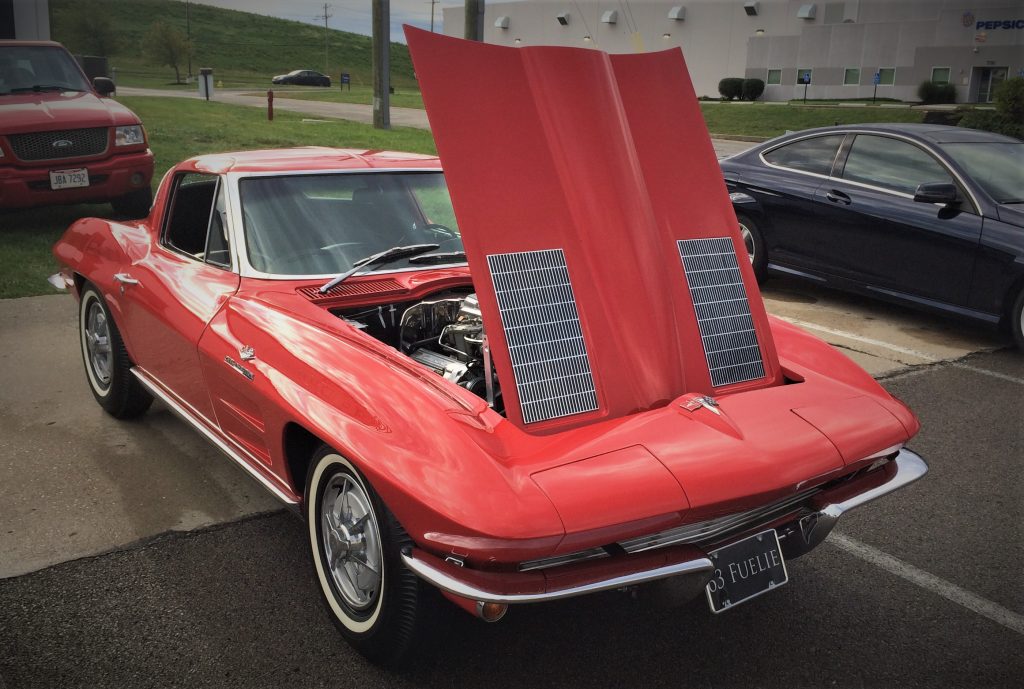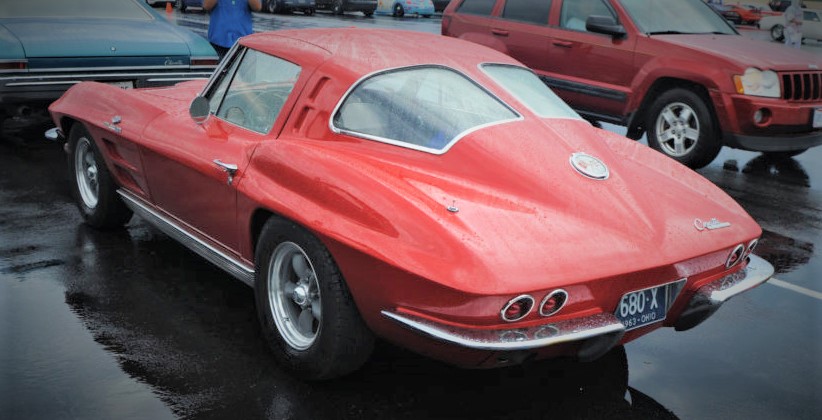Editor’s Note: The decade of the 1960s is considered by many to be the greatest in American automotive history. There’s little mystery why. The 1960s gave birth to the “muscle car wars” and game-changing performance pony cars. Legends like the Pontiac GTO, Ford Mustang, Chevy Camaro, HEMI-powered Mopars, and several others. How does one choose which is best? Controversially, we’re guessing. That’s why you’re taking some of the heat, too. We sync’d up with our friends on Summit Racing’s social media team to put the question out to their Facebook and Instagram audiences: What is the top car of the 1960s? The countdown to #1 continues.
The Chevrolet Corvette has a long, storied history.
Of all the generations, models, and sub-models, the #7 car on our list might be the most revered and sought-after. Sure, there have been more powerful and better handling Corvettes, but the 1963 Corvette Sting Ray has stood the test of time. So much so that you insisted it be included in our countdown of ’60s American automotive excellence.
For 1963, the Corvette received the first restyling in its 10-year existence.
And Bill Mitchell, the head of GM Design, didn’t hold back.
Mitchell was determined to give the Corvette some European sports car styling to set it apart from the original C1 design. Inspired in part by the miniature shortfin Mako shark mounted in his office (at least according to some stories), Mitchell applied a unique “boattail fastback design that gave the car an appearance of having a fish spine running its entire length.”
It was the first Corvette coupe ever made, and the only one to sport the unique “split” rear window. Other new design features included hidden headlights, a knife-edge front, and a horizontal rib around the body.

Zora Duntov was tasked with the mechanical engineering and performance portion of the new C2 Corvette.
The performance-minded Duntov introduced a ladder frame suspension that was lighter, stiffer, and four inches shorter than the 1962 model. He lowered the Corvette’s center gravity about three inches, which distributed the weight more evenly between the front and rear axles. Duntov carried over the 327-cubic-inch V8 from 1962 but offered four different tunes, including a 360-horsepower Rochester fuel-injected version. The rear-end was upgraded to include an independently sprung suspension, U-jointed half shafts and a transverse leaf spring.
Chevrolet sold more than 22,000 units of the 1963 Corvette (coupe and convertible), and documented, matching-number “Split Window” Corvette coupes remain some of the most desirable model of the five-year C2 Sting Rays to this day.


We discovered after four years of research we own a historic racing champion 1964 Corvette Coupe. The surprise history and search are extremely well documented in our New Book.
“MY OLD CAR”
Available now at : http://www.myoldcar.net
This book may help you discover the history of your old car as well.
Pretty cool stuff. I found this thorugh a redirect on https://www.facebook.com/FantomWorks/
[…] Download Image More @ http://www.onallcylinders.com […]